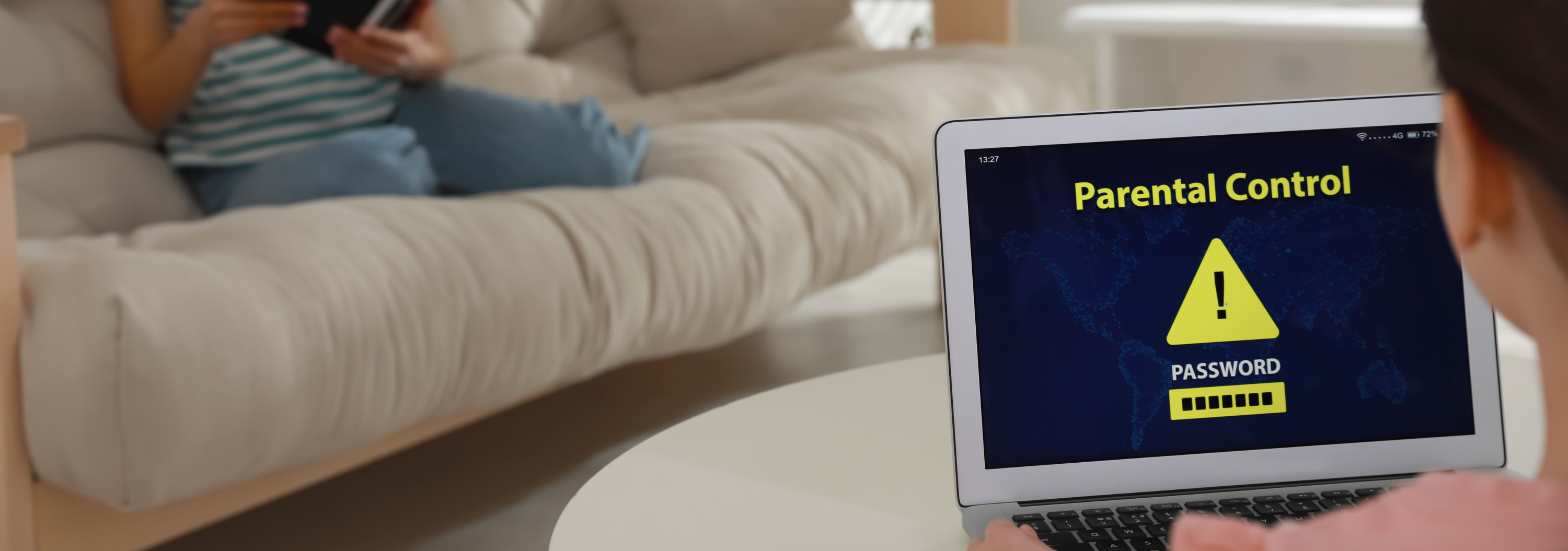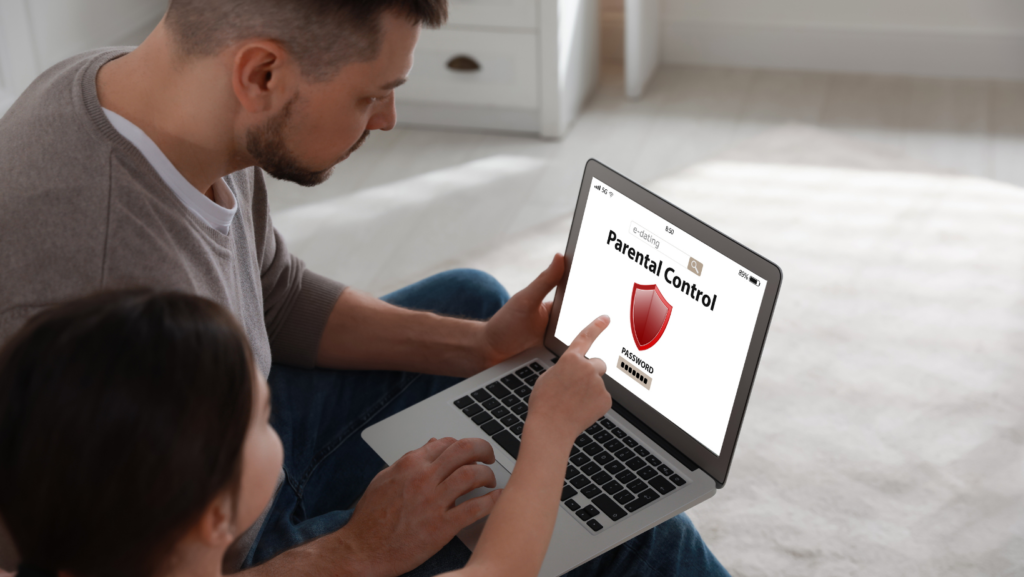Digital safety is a term that every parent should be familiar with in this technology-driven era. It refers to practices and measures used to ensure the safe use of digital devices and the internet. This blog post will guide you through understanding the importance of parental controls and children’s privacy online.
Digital Safety and Parental Controls
The first line of defense in ensuring your child’s digital safety is implementing parental controls. These are software and tools that allow parents to monitor and limit what their children do online. They can block access to specific websites, limit screen time, or even track a child’s location.

Parental controls can be set up on various devices, from mobile phones and tablets to gaming consoles and computers. They provide a level of control over the content children can access, helping to keep them safe online. Common Sense Media provides a comprehensive guide on setting up parental controls on various devices.
Digital Safety and Children’s Privacy Online
Another crucial aspect of digital safety is protecting your child’s privacy online. Children may not fully understand the implications of sharing personal information on the internet. This lack of awareness can make them vulnerable to identity theft, cyberbullying, and other online threats.
Educating your child about the importance of privacy and teaching them not to share personal information like their full name, address, or school name is crucial. The Federal Trade Commission has resources on children’s online privacy that can guide you in teaching your child about this important issue.
Digital Safety Tips for Parents
Here are some practical ways to enhance your child’s digital safety:
- Use Parental Controls: As mentioned earlier, parental controls are a great tool for managing your child’s online activities.
- Educate Your Child: Teach your child about the dangers of sharing personal information online and the importance of privacy.
- Monitor Your Child’s Online Activity: Regularly check your child’s browsing history and social media accounts to keep an eye on their online behavior.
- Set Up Privacy Settings: Make sure to set up privacy settings on all digital devices your child uses.
Digital Safety: A Shared Responsibility
Digital safety is not solely the responsibility of parents. Schools, technology providers, and governments also have roles to play. Schools should educate students about online safety, technology providers should provide robust parental controls, and governments should enforce laws to protect children online.

Digital safety is a critical aspect of parenting in the digital age. Parental controls and teaching your child about online privacy are key to protecting them from potential online threats. It’s a shared responsibility that requires effort from all of us. With proper knowledge and tools, we can ensure a safer online environment for our children.
Remember, the internet offers a wealth of opportunities for learning and growth. But it’s our task as parents to make sure that our children explore this digital world safely.
Sources:

